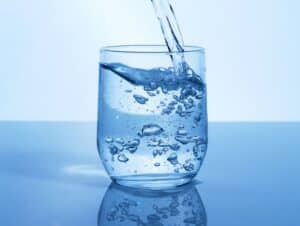What Happens to the Salt From Water Softeners?
The first step to understanding what happens to the salt from your water softener is to understand what hard water actually is. Hard water is a combination of minerals like calcium and magnesium that can build up over time in your home’s plumbing pipes, showerheads, sink faucets, and other appliances.
(Looking for water filtration faucets? Contact us today!)

This scale build-up is the cause of a lot of problems, such as poor water pressure and reduced efficiency for all your water-using devices. It also leaves unsightly rust stains on everything from your bathtub and faucets to your shower doors, glassware, and even clothing.
If your water is high in hard minerals, your water-using appliances have to work harder to do their job and can use more energy to do so. This is the reason why most homes with hard water use more electricity than those with soft water.
Your softener is designed to remove these minerals through a process called ion exchange. The process works by drawing minerals out of the water that enters the system and replacing them with sodium.
Eventually, however, the resin beads inside the media tank get full of hard minerals and need to be recharged with new salt. This process is called a regeneration cycle and can take place multiple times per day.
When a regeneration cycle is completed, the system draws water from the brine tank and then runs it through the media tank to re-soften the resin beads and bring the ion exchange back on track.
The resin beads then release the calcium and magnesium ions that were trapped by the hard mineral molecules in the media. These ions are then dissolved in the brine solution and flushed out of your water softener.
You will need to keep adding salt to your brine tank as needed, so make sure you have enough available for the duration of the regeneration cycle and at least one additional week of use. This will help your water softener last longer and be more efficient.
There are a few different forms of salt used in water softeners, including pellets, crystals, and blocks. The type you choose depends on the model of the softener and what you prefer. It’s best to consult your owner’s manual for recommendations on what form and purity of salt to use in your softener.
Choosing the right salt for your system is essential for maintaining its function and efficiency. Higher-quality salts reduce bridging, a problem that occurs when the salt particles stick together to form a bridge that prevents them from contacting the water.
A good quality salt also helps your water softener last longer and be less costly to operate. For example, a higher-quality salt won’t leave residue in the storage tank and will eliminate the need to add additional water to the brine tank.
If you need more than the recommended amount of salt for your water softener, ask your service provider about the various options to purchase salt. They can also help you calculate the proper amount of salt based on your water usage, the level of water hardness, and your softener’s system design.

